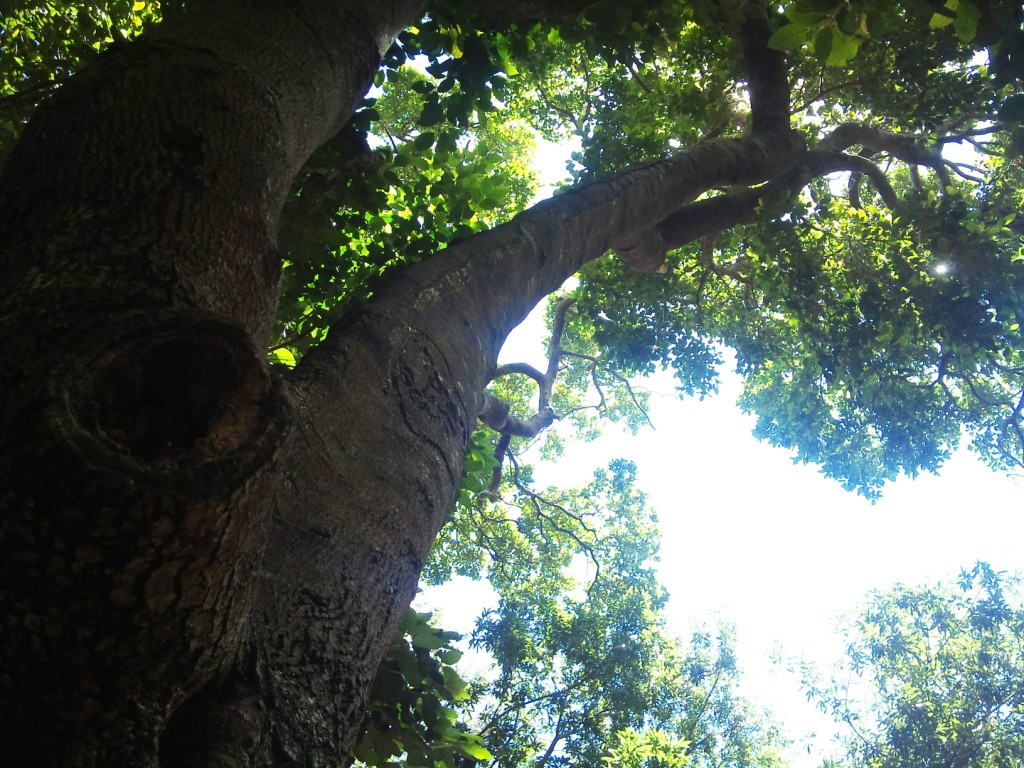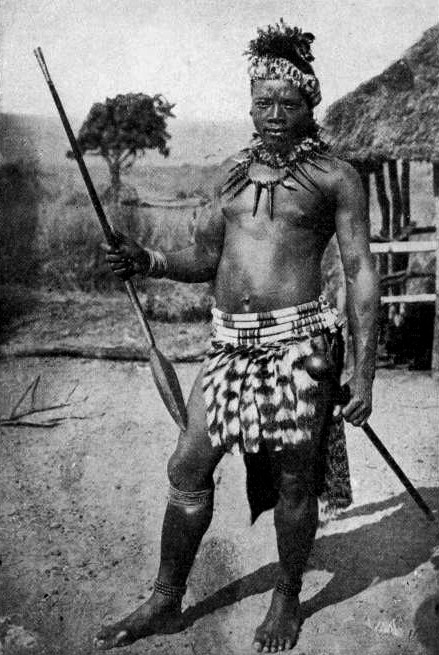|
Curtisia
''Curtisia dentata'' (commonly known as the Assegai tree or Cape lancewood, , , ) is a flowering tree from Southern Africa. It is the sole species in genus ''Curtisia'', which was originally classed as a type of "dogwood" (''Cornaceae''), but is now placed in its own unique family Curtisiaceae. It is increasingly popular as an ornamental tree for gardens, with dark glossy foliage and sprays of pure white berries. The bark of this tree is a very popular component of traditional African medicine, leading to overexploitation and a decline in the species in some areas of South Africa.''Curtisia dentata'' in BoDD – Botanical Dermatology Database The tree is protected in South Africa. Name This tree gets its common name from the African spear – the ...[...More Info...] [...Related Items...] OR: [Wikipedia] [Google] [Baidu] |
Assegai
An assegai or assagai is a polearm used for throwing, usually a light spear or javelin made up of a wooden handle with an iron tip. Area of use The use of various types of the assegai was widespread all over Africa and it was the most common weapon used before the introduction of firearms. The Zulu, Xhosa, and other Nguni tribes of South Africa were renowned for their use of the assegai. ''Iklwa'' Shaka of the Zulu popularized the use of the shorter stabbing spear with a shaft and a larger, broader blade long in warfare, which was traditionally used primarily as a hunting spear. This weapon is otherwise known as the ''iklwa'' or ''ixwa'', after the sound that was heard as it was withdrawn from the victim's wound. The traditional spear was not abandoned, but was thrown from range at enemy formations before closing in for close quarters battle with the iklwa. This tactical combination originated during Shaka's military reforms. This weapon was typically used with one hand ... [...More Info...] [...Related Items...] OR: [Wikipedia] [Google] [Baidu] |
Afromontane Flora
The Afromontane regions are subregions of the Afrotropical realm, one of the Earth's eight biogeographic realms, covering the plant and animal species found in the mountains of Africa and the southern Arabian Peninsula. The Afromontane regions of Africa are discontinuous, separated from each other by lower-lying areas, and are sometimes referred to as the Afromontane archipelago, as their distribution is analogous to a series of sky islands. Geography Afromontane communities occur above elevation near the equator, and as low as elevation in the Knysna-Amatole montane forests of South Africa. Afromontane forests are generally cooler and more humid than the surrounding lowlands. The Afromontane archipelago mostly follows the East African Rift from the Red Sea to Zimbabwe, with the largest areas in the Ethiopian Highlands, the Albertine Rift Mountains of Uganda, Rwanda, Burundi, Democratic Republic of the Congo, and Tanzania, and the Eastern Arc highlands of Kenya and Tanzania. ... [...More Info...] [...Related Items...] OR: [Wikipedia] [Google] [Baidu] |
List Of Southern African Indigenous Trees
This is a list of Southern African trees, shrubs, suffrutices, geoxyles and Liana, lianes, and is intended to cover Angola, Botswana, Eswatini, Lesotho, Malawi, Mozambique, Namibia, South Africa, Zambia and Zimbabwe. The notion of 'indigenous' is of necessity a blurred concept, and is clearly a function of both time and political boundaries. The global distribution of plants useful to humans, or inadvertently transported by them, is closely linked to a mapping of their journeys and settlements, and the movement of species in prehistoric times must be inferred from archaeological and palaeontological remains, Center of origin, centers of diversity, DNA samples and other sources. Cyatheaceae * ''Cyathea capensis'' (L.f.) J.E. Sm. (''Hemitelia capensis'' Kaulf.) * ''Cyathea dregei'' Kunze (''Alsophila dregei'' (Kunze) R.M. Tryon) * ''Cyathea manniana'' Hook. * ''Alsophila thomsonii'' (Baker) R.M. Tryon (''Cyathea thomsonii'' Baker) Blechnaceae * ''Lomariocycas tabularis'' (Thunb.) ... [...More Info...] [...Related Items...] OR: [Wikipedia] [Google] [Baidu] |
Afromontane
The Afromontane regions are subregions of the Afrotropical realm, one of the Earth's eight biogeographic realms, covering the plant and animal species found in the mountains of Africa and the southern Arabian Peninsula. The Afromontane regions of Africa are discontinuous, separated from each other by lower-lying areas, and are sometimes referred to as the Afromontane archipelago, as their distribution is analogous to a series of sky islands. Geography Afromontane communities occur above elevation near the equator, and as low as elevation in the Knysna-Amatole montane forests of South Africa. Afromontane forests are generally cooler and more humid than the surrounding lowlands. The Afromontane archipelago mostly follows the East African Rift from the Red Sea to Zimbabwe, with the largest areas in the Ethiopian Highlands, the Albertine Rift Mountains of Uganda, Rwanda, Burundi, Democratic Republic of the Congo, and Tanzania, and the Eastern Arc highlands of Kenya and Tanzani ... [...More Info...] [...Related Items...] OR: [Wikipedia] [Google] [Baidu] |
William Curtis
William Curtis (11 January 1746 – 7 July 1799) was an English botanist and entomologist, who was born at Alton, Hampshire, site of the Curtis Museum. Curtis began as an apothecary, before turning his attention to botany and other natural history. The publications he prepared reached a wider audience than early works on the subject had intended. At the age of 25 he produced ''Instructions for collecting and preserving insects; particularly moths and butterflies''. Curtis was demonstrator of plants and Praefectus Horti at the Chelsea Physic Garden from 1771 to 1777. He established his own London Botanic Garden at Lambeth in 1779, moving to Brompton in 1789. He published '' Flora Londinensis'' (6 volumes, 1777–1798), a pioneering work in that it devoted itself to urban nature. Financial success was not found, but he went on the publish '' The Botanical Magazine'' in 1787, a work that would also feature hand coloured plates by artists such as James Sowerby and Sydenham Ed ... [...More Info...] [...Related Items...] OR: [Wikipedia] [Google] [Baidu] |
Cape Town
Cape Town is the legislature, legislative capital city, capital of South Africa. It is the country's oldest city and the seat of the Parliament of South Africa. Cape Town is the country's List of municipalities in South Africa, second-largest city by population, after Johannesburg, and the largest city in the Western Cape. The city is part of the City of Cape Town metropolitan municipality (South Africa), metropolitan municipality. The city is known for Port of Cape Town, its harbour, its natural setting in the Cape Floristic Region, and for landmarks such as Table Mountain and Cape Point. In 2014, Cape Town was named the best place in the world to visit by ''The New York Times'', and was similarly ranked number one by ''The Daily Telegraph'' in both 2016 and 2023. Located on the shore of Table Bay, the City Bowl area of Cape Town, which contains its Cape Town CBD, central business district (CBD), is History of Cape Town, the oldest urban area in the Western Cape, with a signi ... [...More Info...] [...Related Items...] OR: [Wikipedia] [Google] [Baidu] |
Limpopo
Limpopo () is the northernmost Provinces of South Africa, province of South Africa. It is named after the Limpopo River, which forms the province's western and northern borders. The term Limpopo is derived from Rivombo (Livombo/Lebombo), a group of Tsonga language, Tsonga settlers led by Hosi Rivombo who settled in the mountainous vicinity and named the area after their leader. The Lebombo mountains are also named after them. The river has been called the Vhembe by local Venda communities of the area. The capital and largest city in the province is Polokwane, while the provincial legislature is situated in Lebowakgomo. The province is made up of three former Bantustan, Bantustans of Lebowa, Gazankulu and Venda and part of the former Transvaal (province), Transvaal province. The Limpopo province was established as one of nine provinces after the 1994 South African general election. The province's name was first "Northern Transvaal", later changed to "Northern Province" on 2 ... [...More Info...] [...Related Items...] OR: [Wikipedia] [Google] [Baidu] |
Eastern Highlands
:''"Eastern Highlands" also refers to Eastern Highlands Province in Papua New Guinea, and part of the Great Dividing Range, Australia.'' The Eastern Highlands, also known as the Manica Highlands, is a mountain range on the border of Zimbabwe and Mozambique. The Eastern Highlands extend north and south for about through Zimbabwe's Manicaland Province and Mozambique's Manica Province. The Highlands are home to the Eastern Zimbabwe montane forest-grassland mosaic ecoregion. The ecoregion includes the portion of the highlands above 1000 meters elevation, including the Inyangani Mountains, Bvumba Mountains, Chimanimani Mountains, Chipinge Uplands, and the isolated Mount Gorongosa further east in Mozambique. The Southern miombo woodlands ecoregion lies at lower elevations east and west of the highlands. The highlands have a cooler, moister climate than the surrounding lowlands, which support distinct communities of plants and animals. The ecoregion is home to several plant commun ... [...More Info...] [...Related Items...] OR: [Wikipedia] [Google] [Baidu] |
Zimbabwe
file:Zimbabwe, relief map.jpg, upright=1.22, Zimbabwe, relief map Zimbabwe, officially the Republic of Zimbabwe, is a landlocked country in Southeast Africa, between the Zambezi and Limpopo Rivers, bordered by South Africa to the south, Botswana to the southwest, Zambia to the north, and Mozambique to the east. The capital and largest city is Harare, and the second largest is Bulawayo. A country of roughly 16.6 million people as per 2024 census, Zimbabwe's largest ethnic group are the Shona people, Shona, who make up 80% of the population, followed by the Northern Ndebele people, Northern Ndebele and other #Demographics, smaller minorities. Zimbabwe has 16 official languages, with English, Shona language, Shona, and Northern Ndebele language, Ndebele the most common. Zimbabwe is a member of the United Nations, the Southern African Development Community, the African Union, and the Common Market for Eastern and Southern Africa. The region was long inhabited by the San people, ... [...More Info...] [...Related Items...] OR: [Wikipedia] [Google] [Baidu] |
Mozambique
Mozambique, officially the Republic of Mozambique, is a country located in Southeast Africa bordered by the Indian Ocean to the east, Tanzania to the north, Malawi and Zambia to the northwest, Zimbabwe to the west, and Eswatini and South Africa to the south and southwest. The sovereign state is separated from the Comoros, Mayotte, and Madagascar by the Mozambique Channel to the east. The capital and largest city is Maputo. Between the 7th and 11th centuries, a series of Swahili port towns developed on that area, which contributed to the development of a distinct Swahili culture and dialect. In the late medieval period, these towns were frequented by traders from Somalia, Ethiopia, Egypt, Arabia, Persia, and India. The voyage of Vasco da Gama in 1498 marked the arrival of the Portuguese Empire, Portuguese, who began a gradual process of colonisation and settlement in 1505. After over four centuries of Portuguese Mozambique, Portuguese rule, Mozambique Mozambican War of Indepen ... [...More Info...] [...Related Items...] OR: [Wikipedia] [Google] [Baidu] |
1 Assegai Tree - Curtisia Dentata - Afromontane
1 (one, unit, unity) is a number, numeral, and glyph. It is the first and smallest positive integer of the infinite sequence of natural numbers. This fundamental property has led to its unique uses in other fields, ranging from science to sports, where it commonly denotes the first, leading, or top thing in a group. 1 is the unit of counting or measurement, a determiner for singular nouns, and a gender-neutral pronoun. Historically, the representation of 1 evolved from ancient Sumerian and Babylonian symbols to the modern Arabic numeral. In mathematics, 1 is the multiplicative identity, meaning that any number multiplied by 1 equals the same number. 1 is by convention not considered a prime number. In digital technology, 1 represents the "on" state in binary code, the foundation of computing. Philosophically, 1 symbolizes the ultimate reality or source of existence in various traditions. In mathematics The number 1 is the first natural number after 0. Each natural number, ... [...More Info...] [...Related Items...] OR: [Wikipedia] [Google] [Baidu] |






